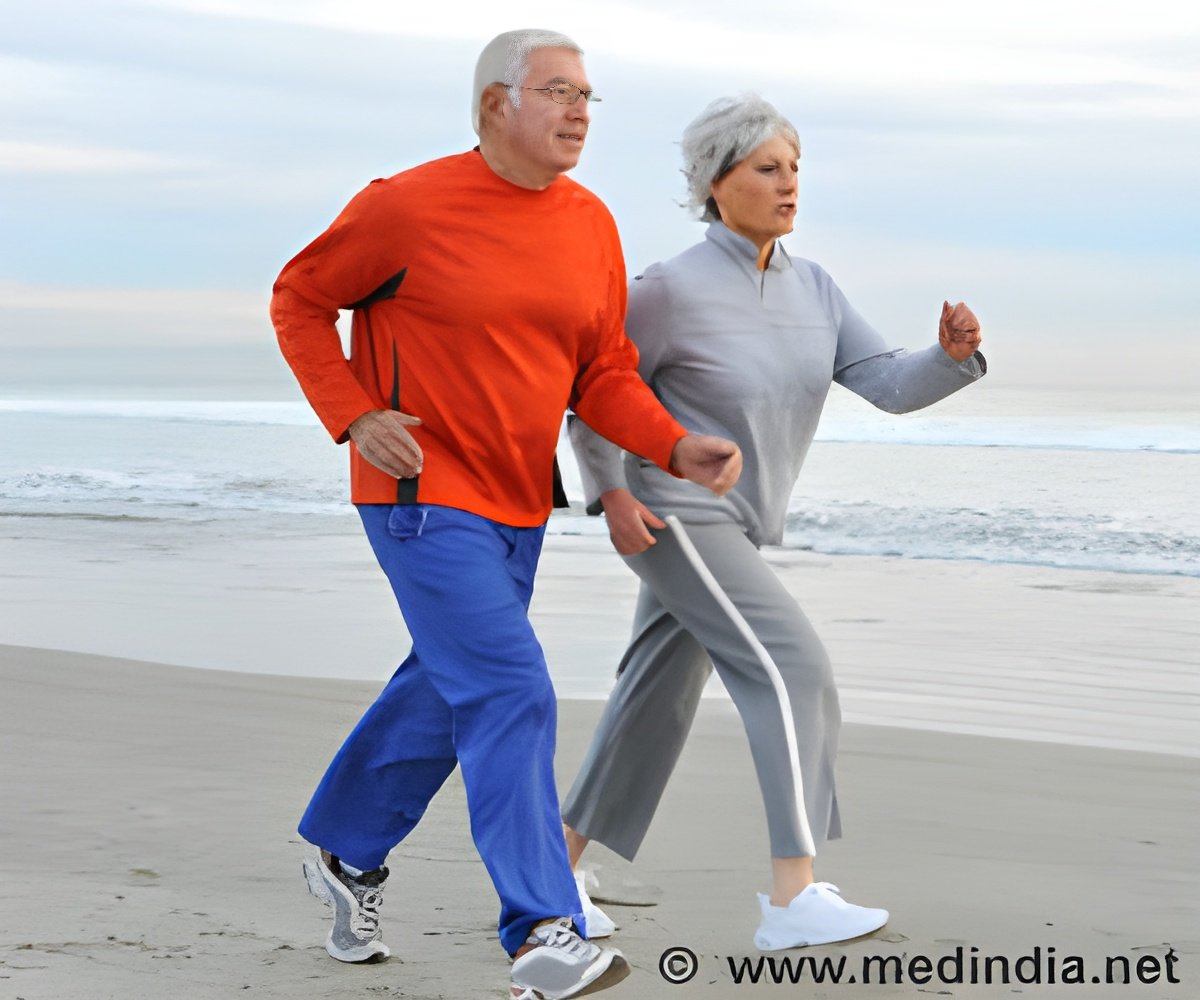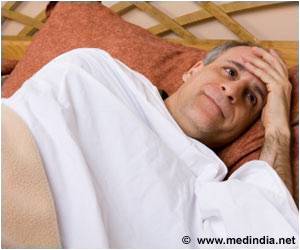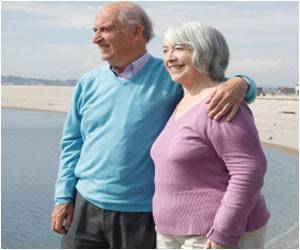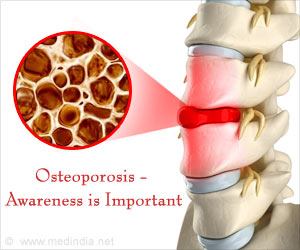Norwegian study called 'Generation 100' studied the effect of physical activity on the life span of older adults.

TOP INSIGHT
Seniors who were forgetful and less active dropped out of the exercise programs.
"The results could be important to help facilitate increasing activity levels in the elderly. Information about what older adults prefer enables us to tailor exercise programs to appeal to seniors," says Line Skarsem Reitlo. Both research articles are part of her doctoral project.
70 000 exercise logs
Generation 100 is an exercise study that has been underway for five years.
More than 1500 participants between ages 70 and 77 were randomly assigned to one of two exercise groups or a control group. The participants in the two exercise groups undertook moderate or high intensity training sessions twice a week, mostly on their own.
Reitlo is a PhD candidate in NTNU's Department of Circulation and Medical Imaging, which hosts CERG.
The article, recently published in BMC Geriatrics, includes data from the exercise logs of 618 participants in the two Generation 100 exercise groups.
Build more walking trails
Walking was the most popular form of activity in both the moderate and high intensity training groups. In the moderate intensity group, walking represented more than half of the training that people undertook.
"Walking was the most popular activity in the high intensity group as well, but this group included more training in the form of cycling and jogging than participants in the moderate group. Achieving high intensity might have been easier with these types of activity for some participants," says Reitlo.
All the participants preferred training outdoors both in summer and in winter. Altogether, they did almost two-thirds of their workouts outside or in their own neighborhood.
"Their preference for the outdoors indicates that it's important to establish good training areas for our elders. Since walking is the most popular form of exercise, for example, it could be a good idea to create more recreation trails," says Reitlo.
Social, dancing women
"But a lot of seniors find other types of exercise attractive - and we also observed some gender differences. This suggests that we should offer different types of activities so that they meet the needs of as many elders as possible," she says.
One of the differences between older women and men is exercise intensity. Men tend to train with greater intensity, and a higher proportion of their workouts included jogging, cycling and cross-country skiing. Women were more likely to choose dance and walking as activities.
"We also found that older women exercise with others more often than older men do," Reitlo said. "Whereas women chose to train with others for almost 60% of the sessions, men only chose to do this 40% of the time."
Forgetful, unfit dropouts
The second article looks at what distinguishes participants who dropped out of the Generation 100 study. Only 15% of the over 1500 participants quit the program in the first three years, which is a much lower percentage than in most previous studies with older participants.
"Dropout from exercise programs is a challenge. But even at start-up you can pick up on which seniors may be prone to dropping out of a training program, so that they can be followed up on and motivated a bit more," says Reitlo.
Older adults with memory loss and less education have a greater likelihood of quitting a training program, according to the results from Generation 100. The physical fitness and activity level of the participants before the study started was also crucial.
"Individuals who were physically active for fewer than 30 minutes a day were almost twice as likely to drop out from the study within three years as those who were more physically active. Low grip strength and poor fitness are other characteristics that make elders more likely to discontinue a training program," says Reitlo.
Source-Eurekalert
 MEDINDIA
MEDINDIA




 Email
Email









